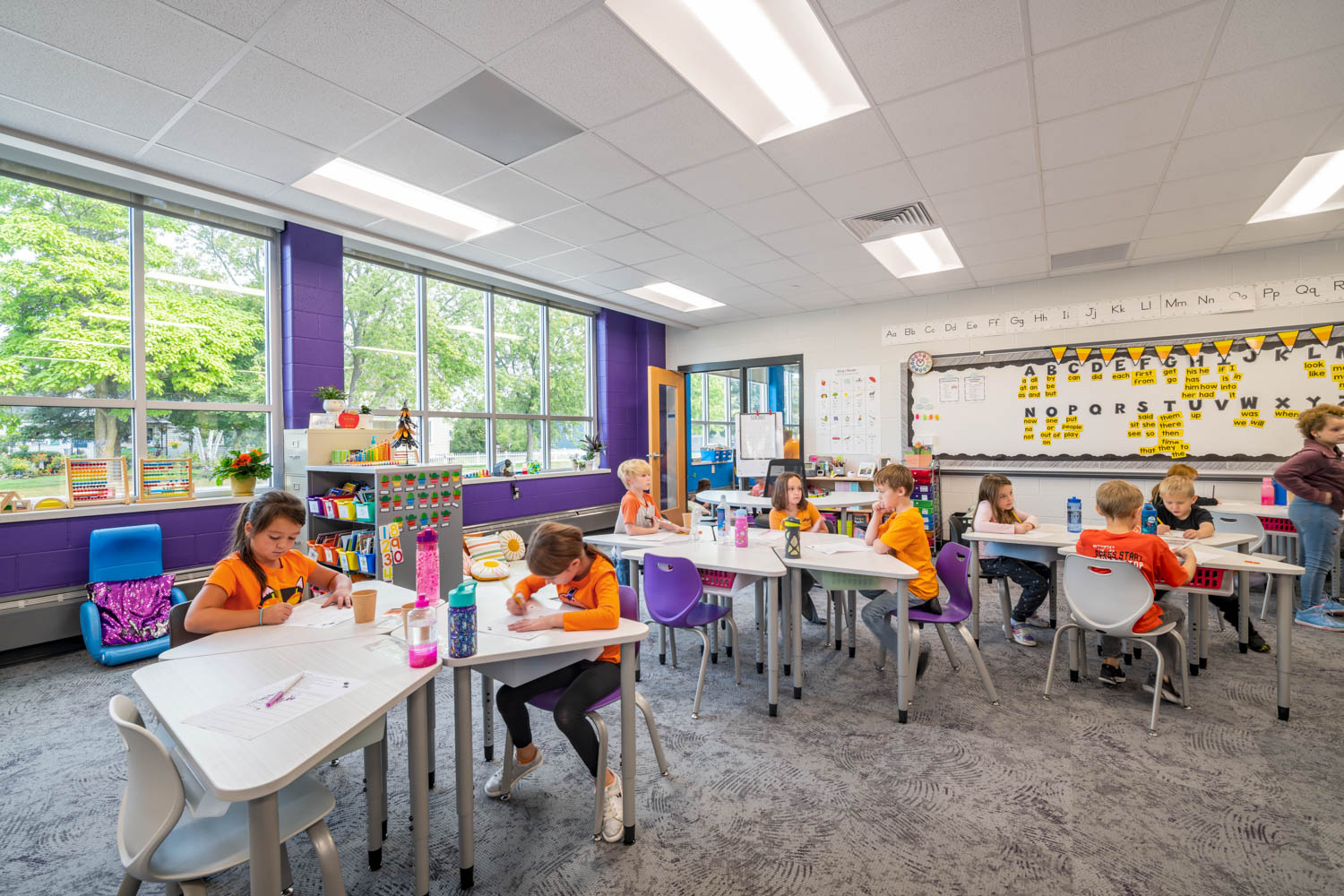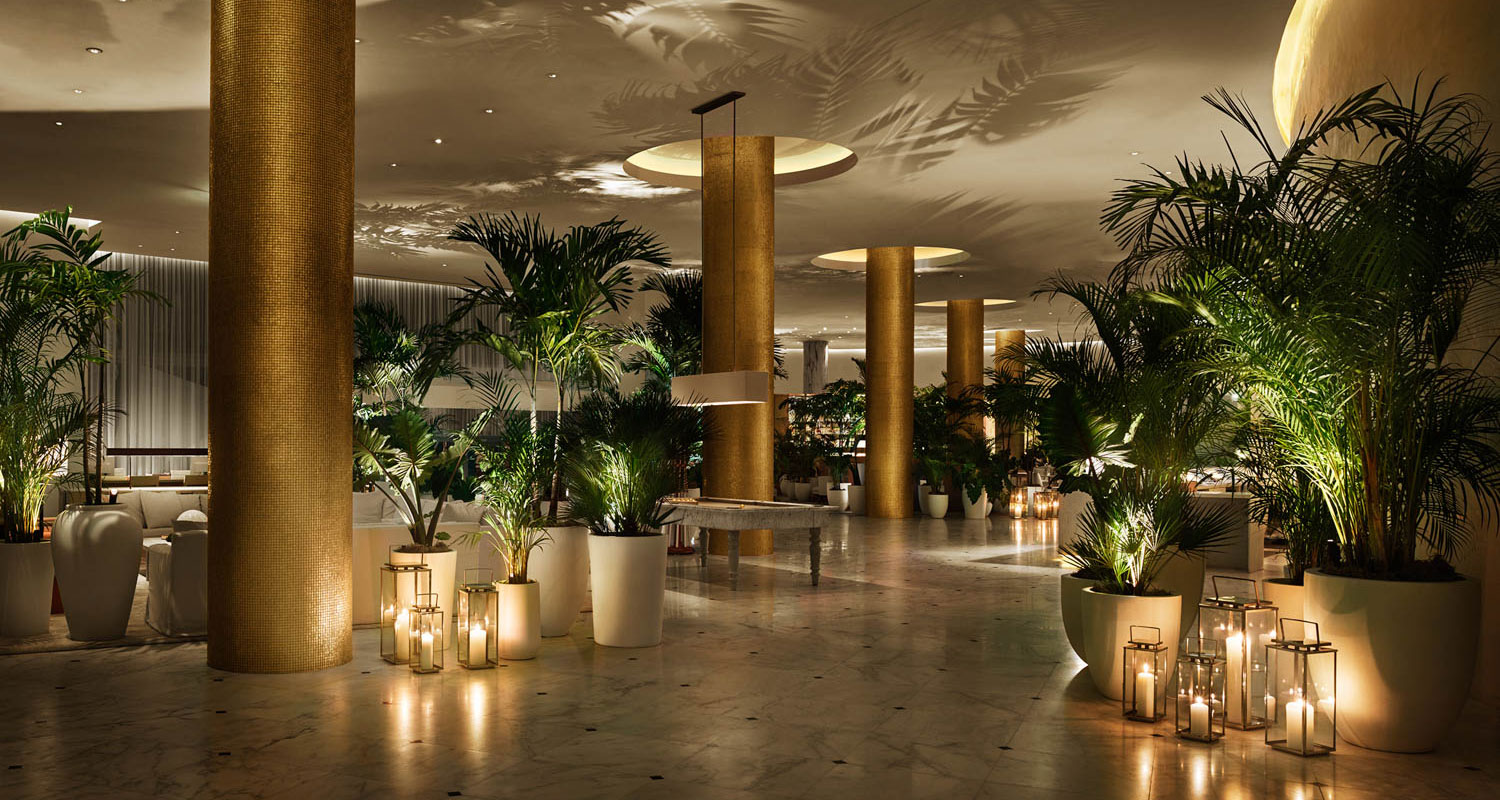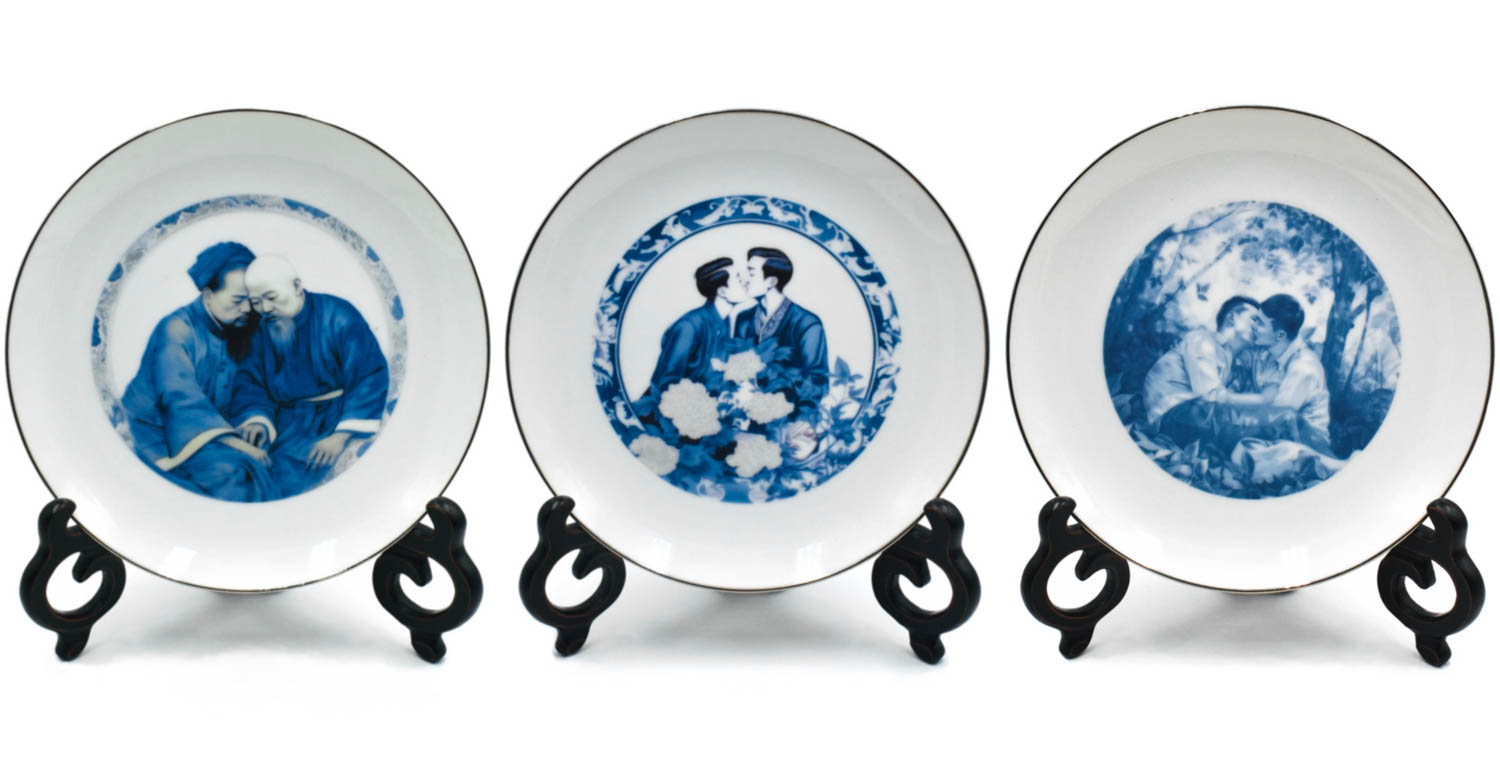10 Questions With… Chad Oppenheim
Influential and enthusiastic on many fronts, Chad Oppenheim and his team at
OPPENHEIM Architecture + Design
specialize in mixed-use hotels and resorts, retail spaces, commercial offices, residential work, and master planning. Oppenheim, a Cornell grad, has steered his firm through the consummation of projects in more than 25 countries since opening in 1999.
Voted
AIA Miami
Firm of the Year in 2013 and the recipient of more than 60 career distinctions (45 AIA recognitions, included), the firm is recognized for its forward-thinking approach to Miami living, thoughtful impact on global skylines, championing of ecological principles, and placid, and inspiring private homes.
He and his beautiful wife, Ilona, maintain the website,
Housewild.com
, which highlights harmonious ways of living with nature—through food, design, and life. Here, Oppenheim shares why it’s crucial to keep an open mind, how he holds nature in the highest regard, and the ways he’s left a subtle yet significant impact on the world’s great skylines.
Interior Design: Your firm was declared the 2013 AIA Miami Firm of the Year. What’s your take on such awards, having been recognized as an industry leader many times, and how has this impacted your practice?
Chad Oppenheim: I hope it comes across well to clients and provides credibility to our ideas. I don’t think people actually hire based on awards, and we’re not religious about submitting for them, but it’s nice to hear that people like what we’re doing. The biggest reward is hearing that people love a building we’ve built.
ID: What are the shared traits of the people on your team?
CO: They’re people who have passion for what they do. They love architecture, dream about it, talk about it all the time, and are always researching. Beyond that, they tend to have a great attitude. We’re about 27 in Miami, two in Los Angeles, and10 in Basel, Switzerland. It’s great to have a presence in Basel—what I consider to be the best, most competitive architecture city in Europe.
ID: So often your work is literally impacting skylines. What guides you and your team on a creative level, when the projects have such far-reaching impact?
CO: Everything we do revolves around a site. The site informs our decisions. We’re dealing with this in a project in New York right now—determining what will be eternal and timeless on the skyline, while optimizing urban, street-level decisions. While we’re often designing from the inside-out, we want our buildings to have a delicate expression on the skyline. These decisions are always derived s a creative solution to creative question or proposition—often to provide amazing views and amenity spaces, or providing buildings with solar orientation. The facades have to be designed from a functional standpoint.
ID: Where do you feel practical needs meet forward-thinking design?
CO: When I started the business and my first projects in Miami Beach, I noticed a bit of a lack of architectural ambition. There wasn’t an incredible desire to out-design the competition. I did several Miami towers—including the 50-story building, 10 Museum Park, which many other architects have called their favorite building in Miami. Which is nice. These days, developers are exploring the furthest reaches of architecture and living. In my practice, I stress the fact that we have to identify that balance between reality and dreams. My team is very good at doing that.
Many of our projects bring neighborhoods to a new level; that’s where so much potential lies. I love to go into neighborhoods, previously unproven, and create buildings that are affordable to build and desirous to buy. Architects, when dialed in, can entice people in a way that no one else can.
ID: And what are you currently working on that is spurring your team forward?
CO: We’ve got luxury building projects in Australia, Manhattan, and Brooklyn—in South Williamsburg, by the Williamsburg Bridge, next to the Williamsburgh
Savings Bank. We won the Brooklyn competition by resisting the temptation to make a complex form. Rather, we created a symbolist form that maximized the zoning envelope. That building expresses itself in a very dreamlike proportion, even though there’s a little bit of trickery involved.
We’ve currently working on this project for Silverstein—the gateway project to Hudson Yards. There are two towers connected at the base and the top, which we feel is a reaction to that neighborhood. It’s an amenity-rich building, and the top has created the optimal amenity deck in the sky—an incredible, soaring glass space, 700 feet up.
ID: You’ve created some incredible mixed-use concepts throughout the world. How do you feel our collective interest in mixed-use properties will morph as cities become denser and larger?
CO: The best way of combatting sprawl, which is bad on the environment, is urban densification. Mixing work, play, and living within these mixed-use buildings is the future. Everyone is looking for this sense of community—we’re social animals—so more and more great facilities in the future will accommodate that mix.
ID: Walt Disney, Starwood, Mandarin Oriental, Morgans Hotel Group… These are some of the most coveted hospitality clients in the world. Why do they turn to you, and since they do: What are today’s most discerning hospitality clients asking for, expecting, demanding?
CO: We’ve done a lot of hospitality work, and love creating projects that create pleasure for those who experience them. The key is to look at it as designing an experience, and thinking how to enhance one’s life at work and at play. These critical considerations respond well in the hospitality place. We’re very passionate about functionality dialing in functionality—I don’t want to create something cool that doesn’t work.
The key with hotels is to first design spaces that work, while bringing a unique perspective that’s sensitive to the settings. We won the competition to do the Delano + Mondrian in Las Vegas by concentrating on hyper-functionality. We remain hyper-functional, and it evolves into something with a unique expression.
ID: Are there conventions you like to throw out the window?
CO: Nothing gets thrown out, but we always ask how to reconsider the ordinary. We do a lot of research when we do a project. We don’t start a project by overthrowing convention, though we always strive to identify what makes a project special and unique. Nothing is ever off the table.
ID: Part of your brand ethos is to “enhance life,” and this obviously has ties to your firm’s socially conscious and sustainable practices. Can you explain some of the ways in which you push your staff to be at the forefront of environmentally sound creativity?
CO: I’m always putting myself in the occupant’s position, asking, “What would I want if I lived here, and would make the best life?” That’s true whether it’s an urban environment or someplace in Costa Rica. The fun is in finding that hidden potential. The firm’s sustainable practices derive from my great love and appreciation for, and fascination with, nature. Nature always becomes the star in our work—be it celebrating the sky in an urban condition or connecting to a place in a more remote environment. As we savor the environment, we rely less on technology. That’s big for us—looking to our past and identifying solutions that require less innovation. We look backwards for new ways forward. My wife and family and I actually have a book coming out, originating from our blog
Housewild.com
, chronicling our adventures in food and design. We do a lot of foraging, go to farms, prepare food from scratch, and explore how to live healthier. It’s been such a fun experience. We throw a number of fundraisers and events, as well.
We like to celebrate how design can merge with the environment in architecturally sensitive ways. We’re actually quite focused on the idea that a home can blend in and disappear in a natural environment. It’s about living with the land, versus on the land. For example, we posed the challenge to ourselves: Can we design an ecosystem around a project that can generate and regenerate more nature? In Abu Dhabi [for the South Hudaynat Islands] we created a city for 150,000, and designed the ecosystem first.
ID: Your work inspires so many people across the globe. What inspires you today, and how does this differ from your early-career or pre-career inspiration?
CO: It’s really about savoring life. We’re dealing with life, enhancing it, optimizing it. I believe in being passionate about what you do, and remaining true to yourself. Follow your heart first, and then your mind—since your mind can talk you out of things.


